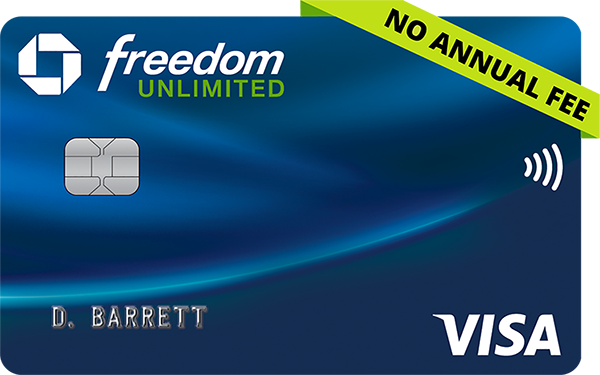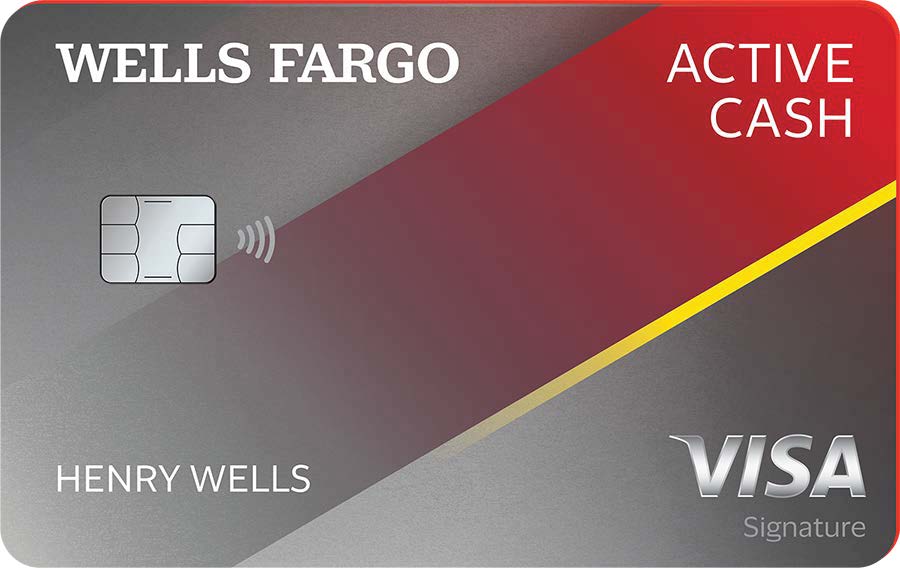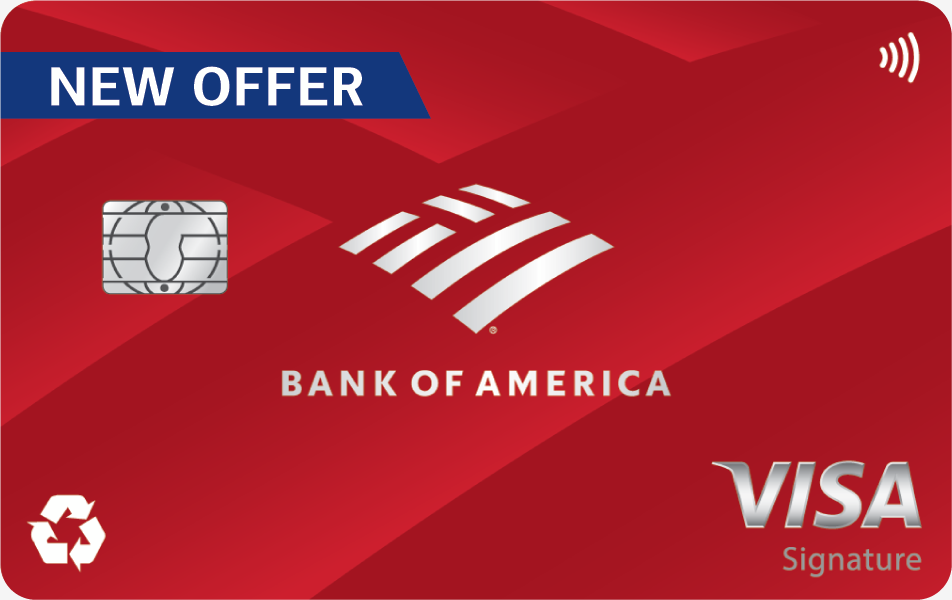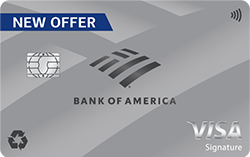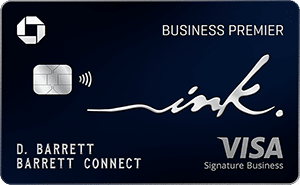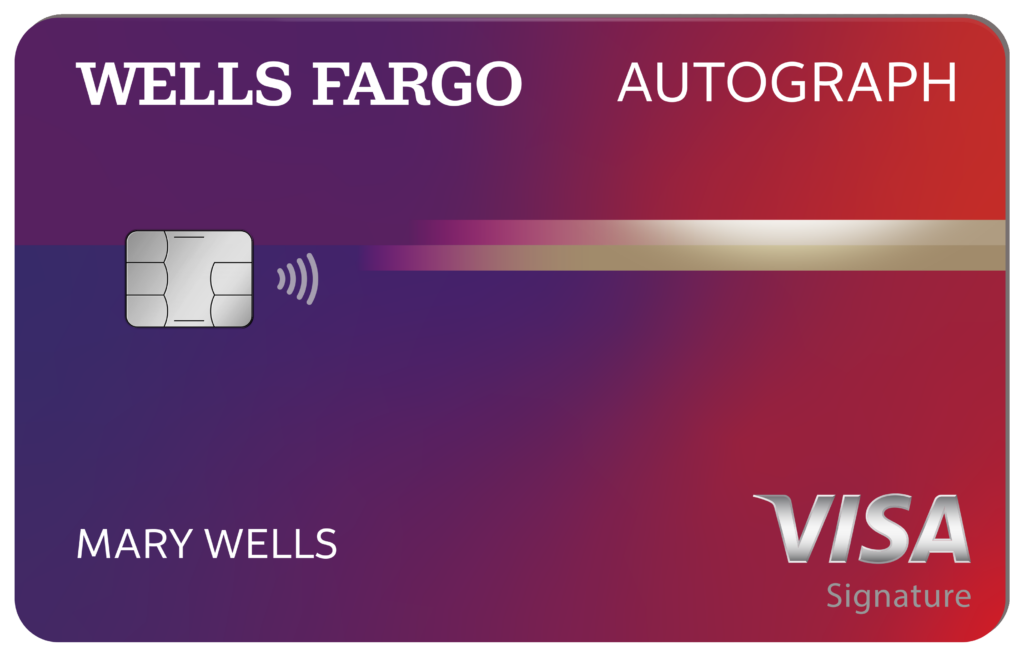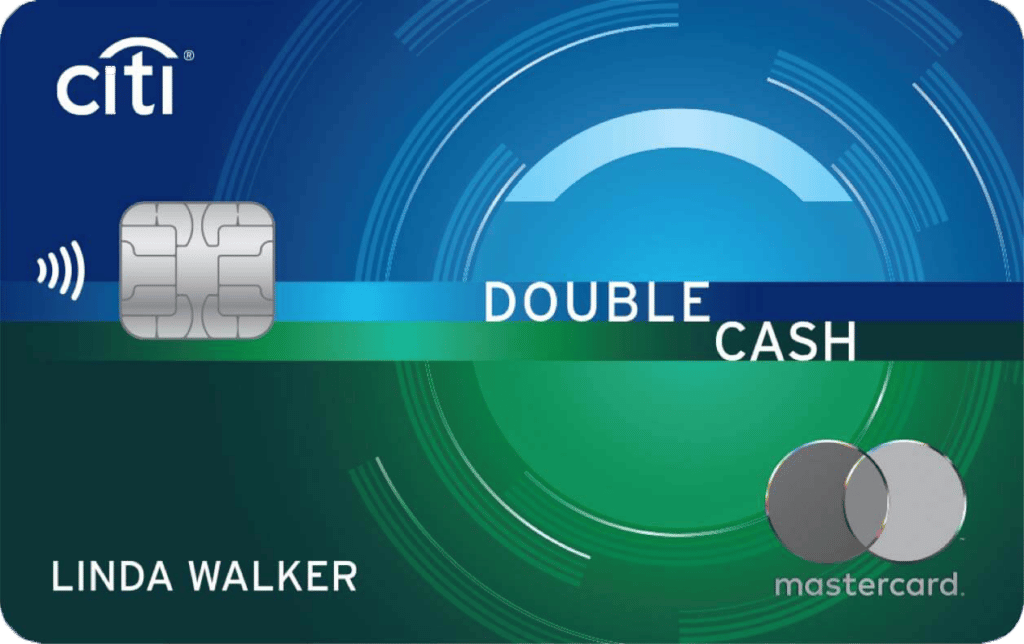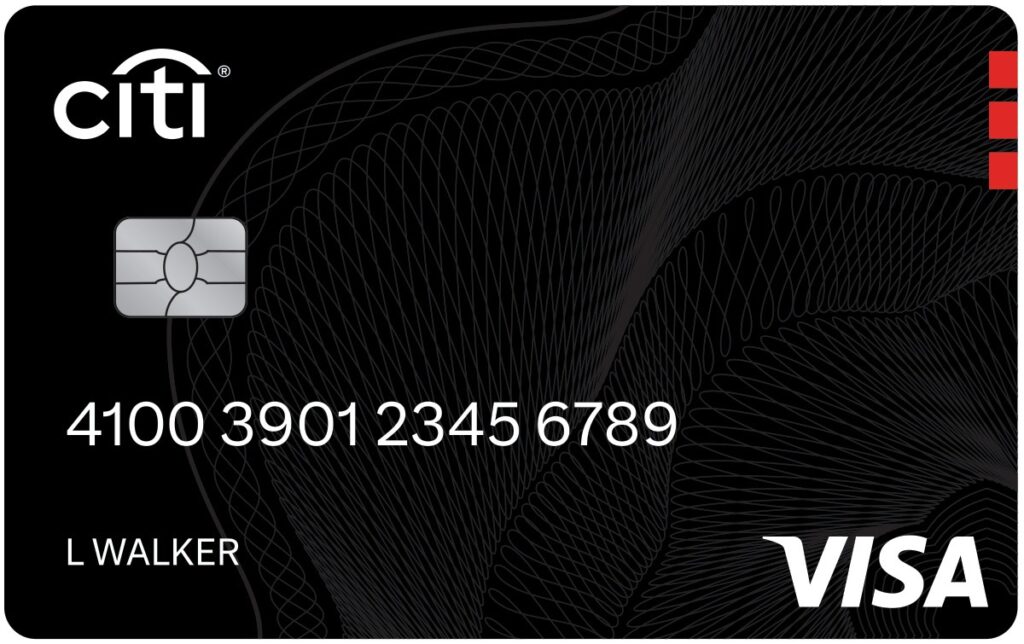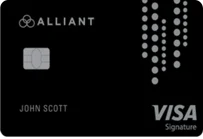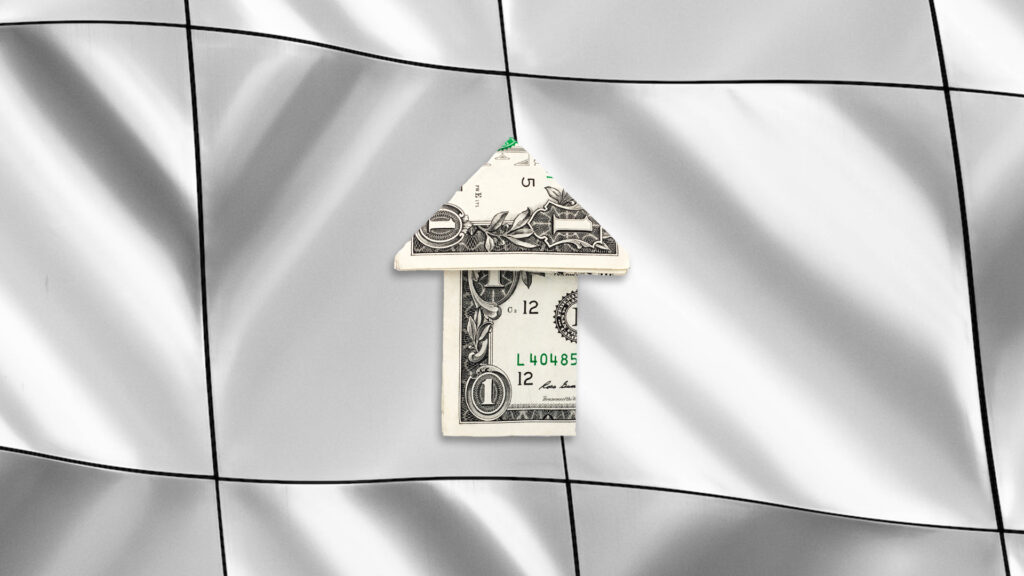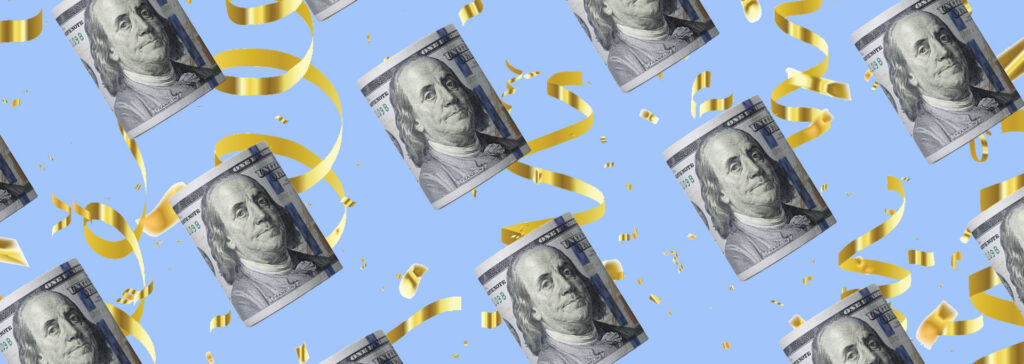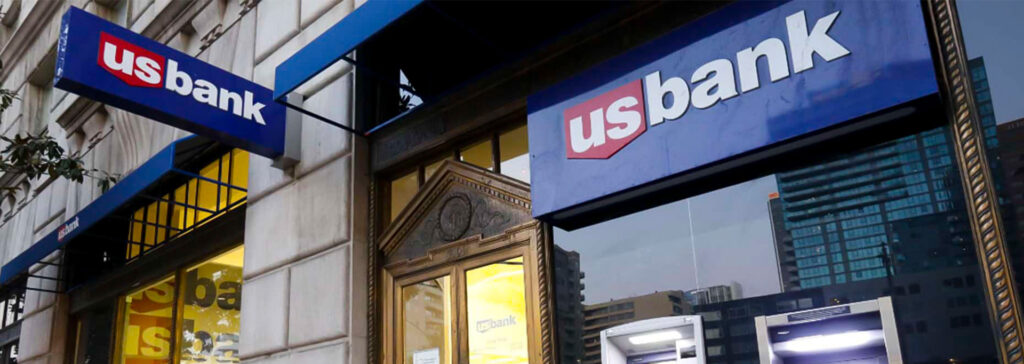Types of Cash Rewards Credit Cards
Unlike travel rewards credit cards, you don’t have to be a pro at playing the credit card game to benefit. Cash-back cards are user friendly and rewards are easy to keep track of. These cards typically fall into one of the following categories.
- Flat Rate: A flat rate card usually offers 1%–2.50% back on all purchases, whether you buy a trip to Italy or a gallon of milk. The benefit of flat-rate cash back is that you can keep a minimal wallet and have an easier time keeping track of your credit card spending.
- Tiered: With tiered cards, the cash-back rewards vary based on what you purchase. A tiered card might offer a flat 1% cash back on the majority of purchases and 3% back on gasoline spending, for example. Many times, the higher-earning tier is capped. A tiered card can help you earn more, as long as you select a card that rewards you the most for what you spend the most on.
- Rotating Categories: Credit cards with rotating cash-back categories usually have a set 1% cash-back rate and then a higher rate, like 5% back on select categories that rotate every quarter of the year. For example, you might earn 5% back on all grocery purchases in the first quarter and then 5% at big box stores the next quarter.
Common Cash Rewards Categories
New cards are released frequently and some issuers like to get noticed with attention-grabbing interest-free promotions, rebates on rideshares and cash-back offers, like offering 6% back for your favorite streaming service.
Most cards, however, offer year-round cash rewards in the same core categories:
- Supermarkets: This doesn’t typically include warehouse stores like Costco, but it adds up if you cook at home a lot. (Spending at U.S. supermarkets only for American Express cards)
- Dining: This usually includes eating at restaurants, but some cards include takeout and delivery.
- Gas stations: If you commute a lot or just like road trips, look for this category. (Spending at U.S. gas stations only for American Express cards)
- Travel: You don’t always need the fanciest travel card to earn decent rewards on your travel spending, though you might get higher rates with a travel card.
- Rideshares: Some cards offer the ability to earn cash back on your Uber or Lyft spending, and some come with credits or other rideshare promos.
- Online shopping: This could include Amazon spending, depending on the card, or could apply to a wider range of online shopping.
- Entertainment: This could include visits to amusement parks or streaming services, depending how the card sets its categories.
Quick Tip
Shopping at big box stores like Walmart, Target and Costco is usually excluded from supermarket categories. Always check the fine print before you sign up for a card to help maximize your rewards.
To find the best cash-back credit card, keep track of your spending to discover where you spend the most. If you spend more on restaurants than groceries each month, look for cards that give you more back for dining out. If your spending is even throughout the cash-back categories, then an unlimited, flat-rate cash-back card might be a better fit.

How Do Gas Credit Cards Work?
How to Compare Cash Rewards Credit Cards
Keep an eye on these factors as you search for the right cash-back credit card for you.
Annual Fee
If the card has an annual fee, consider if the perks make paying that expense worthwhile. Some annual fees seem expensive up front, but when you calculate how much cash back you can earn, along with other perks, you might decide it’s worth paying. Remember, even if a card has $1,000 worth of perks that make a $250 annual fee seem worth paying for, it’s only worth it if you actually use those perks. Plus, many no-annual-fee cards offer a lot of value.
Bonus Offer
Sign-up bonuses sweeten the pot. However, make sure you can afford to meet the requirements to earn the bonus. If spending $4,000 in three months will put you into financial hot water—or even just lead you to spend more than you need to—look for a card with a lower bonus offer spending requirement.
Redemption
How easy is it for you to redeem your cash back? Look for cards that make it easy to transfer your rewards to your bank account or will let you spend them somewhere you shop frequently for the same redemption rate.
Intro APR
If you’re planning to make a big purchase soon, keep it in mind as you shop around for the right credit card. A 0% intro APR offer can save you money on interest and give you more time to pay off your purchases. Some cards offer similar deals for balance transfers, which can be helpful if you’re looking to consolidate a debt.
Special Features and Benefits
Do the cards come with special perks that will save you money throughout the year? Many cash-back cards offer other perks that might fit your spending habits, like a free subscription to DoorDash or discounts with Lyft. If you find a card that matches your lifestyle, the benefits could really add up.
Ongoing Rewards
Look for cards with regular opportunities to earn more back rather than choosing a card that only has amazing rewards during the first year. Some cards offer exciting introductory incentives to encourage people to sign up, and they may be well worth it, but also check the long-term value of the card before adding it to your wallet.
Cash Rewards Credit Cards vs. Travel Credit Cards
Cash-back credit cards and travel cards are similar, but here are some main differences to know:
- Cash-back cards often have less to manage because you’re getting cash back rather than trying to maximize travel rewards in more complex ways.
- With a cash-back card, you can often earn in a wider range of categories than with a travel card.
- Travel cards generally get you the most value when you spend on travel-related purchases, such as airfare or hotels.
- Most travel cards offer the best reward rate when you redeem rewards toward travel, either through the credit issuer’s portal or by transferring points to a travel partner.
- Travel credit cards often come with more travel perks, like airport lounge access or travel insurance.
- More travel perks often mean a higher annual fee than what you’d find with a cash-back credit card. Weigh the fee with the perks before signing up.
Quick Tip
Redeeming travel rewards points for cash often means getting a lower cash-back rate. Determine how far points will go toward travel versus cash before redeeming them.
When trying to decide which card is best for you, consider how much travel you plan on doing. If you don’t have a lot of trips planned, a cash-back card might be an easier card to start with.
 Related Article
Related Article
Cash Back vs. Points — Which Credit Card Rewards Program is More Valuable?
Pros and Cons of Using a Cash-Back Card
Everything in life has its pros and cons, and cash-back cards are no different. Consider these points before making your decision:
Benefits of Cash-Back Credit Cards
- Rewards are easy to track and convert to cash
- Most cash-back cards don’t have an annual fee
- Relatively low spend requirements to earn a sign-up bonus
- Can help improve your credit score if you always pay your bill on time
Drawbacks of Cash-Back Credit Cards
- Less travel perks than what you’d get with a travel credit card
- Cash back may expire with some cards, especially if you don’t use your card regularly
- Sign-up bonuses are often lower than what travel rewards cards offer
- May have fewer perks than what you’d find with travel or rewards cards
Maximizing Rewards How to Make the Most of a Cash-Back Card
Once you’ve decided on the right cash-back card for your wallet, make sure you get the most out of the card. Here are a few tips to increase your perks after approval:
-
1
Plan to Get the Bonus
Divide the spending requirement by the sign-up bonus time frame to ensure you are spending enough each month. For example, if you must spend $3,000 in 90 days, plan how you will spend $1,000 each month without going over your budget.
-
2
Use the Shopping Portal
Browse the card issuer’s shopping portal to increase how much cash back you can get on a purchase. If you were already planning to send your mom flowers for Mother’s Day, you might as well use a vendor in the shopping portal that offers a higher rate of cash back when you use your card.
-
3
Look for Rewards Bonuses and Multipliers
Keep your eye on special rewards bonuses offered throughout the year. For example, some cards might give a $100 credit for spending $500 on select cruises.
-
4
Take Advantage of Rotating Bonus Categories
If your card offers rotating bonus categories, figure out how to capitalize on them. For example, if your first quarter bonus category is 5% for groceries, consider spending on more pantry staples and meat to deep freeze (as long as it doesn’t mean buying stuff you can’t use) during that quarter.
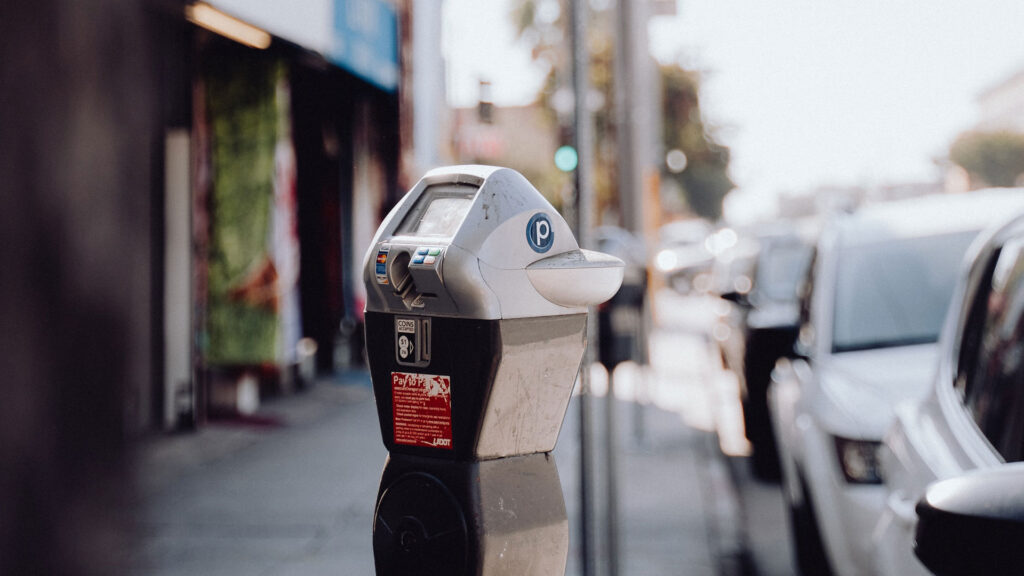 Related Article
Related Article
11 Strange Bills I’ve Paid With a Credit Card to Earn Valuable Rewards
Is a Cash-Back Credit Card Worth It?
A cash-back credit card is worth it if you want a simpler rewards and earning structure than some other types of cards offer—and if you primarily want cash back rather than juggling rewards for discounted flights or other deals.
If you’re interested in maximizing rewards for cheap or free flights, for example, a cash-back card probably isn’t as worthwhile as a travel rewards credit card that’s stacked with ways to earn more on and for travel.
Methodology
We chose our best cash-back credit cards based on the total value they offer based on certain spending categories, preferences (flat rate versus rotating categories), sign-up bonuses, rewards rate and other features like no-interest offers for new purchases and balance transfers. Because everyone has a different idea of what they want from a credit card, we included as many different angles and issuers as possible.
While most cash-back credit cards don’t charge an annual fee, we included a few that do, but only because the card issuers offer enough value to make up for the fee on an ongoing basis. As you consider which card is right for you, compare these cards, as well as other top credit card offers, to make sure you get the best fit for you.
Cash Back Credit Cards FAQ
-
Yes, 5% cash back is typically a great rate for a credit card, but the best rewards rates depend on your specific spending and shopping habits. For example, a card with a high cash-back rate for groceries is great if you spend a lot on food for a big family, while a lower flat rate on all purchases could be better for someone who doesn’t want to track categories and is looking for maximum convenience.
-
You can often redeem cash back rewards as:
– A statement credit
– A deposit to your bank account
– Gift cards
– MerchandiseYou can redeem cash back rewards by logging into your issuer’s portal or card account and selecting how you want to use your rewards. For example, you can have a statement credit applied to your card balance or have the cash sent to your bank account. Each issuer has its own rules and redemption options, but they usually make it relatively easy to pick the option you want.
-
Some cash back cards give you actual cash (such as a deposit to your bank account), but many send you that cash back as a statement credit that reduces your bill. Either way, it’s not totally free money—you earn it by making purchases with your credit card. For example, if you earn 3% cash back on all purchases and you spend $1,000, you can get $30 back.
-
It depends on the card, but it’s pretty common for cash back to only expire if you close or stop using your card for a long time. It’s worth checking the terms of any card you’re considering, though, because some cash back could expire after a set amount of time (usually a year or longer, in those cases).
-
A statement credit is money paid to your account by your card issuer. It essentially works the same as a cash payment to your account. Some rewards card issuers like American Express often offer statement credits as a payout for cash rewards or other point redemption. Statement credit can be used to pay down your card balance or they can remain on your statement as a positive account balance for future purchases.
-
With rewards cards, the term “other purchases” typically refers to purchases made outside of bonus categories or spending categories. Cash rewards rates are usually lowest on spending categorized as “other purchases.”
-
The terms “bonus categories” and “spending categories” are often used interchangeably. But with cash rewards cards, bonus categories refer to any spending category that offers a cardholder accelerated earnings. While some card issuers offer permanent bonus categories, others feature rotating bonus categories that often change every quarter. As an example, the Discover it Cash Back Card offers 5% cash back on everyday purchases at different places each quarter like Amazon.com, grocery stores, restaurants, gas stations and when you pay using PayPal, up to the quarterly maximum when you activate.
